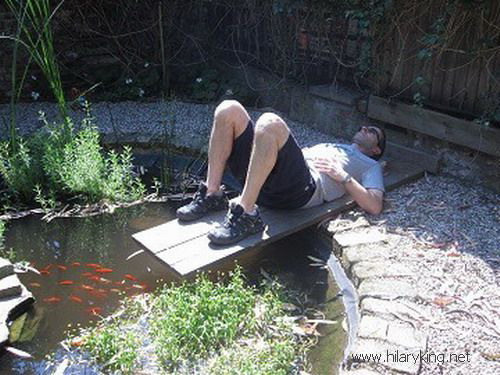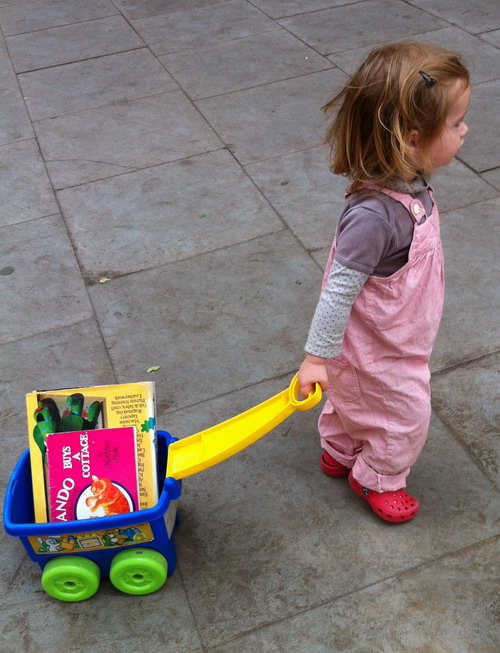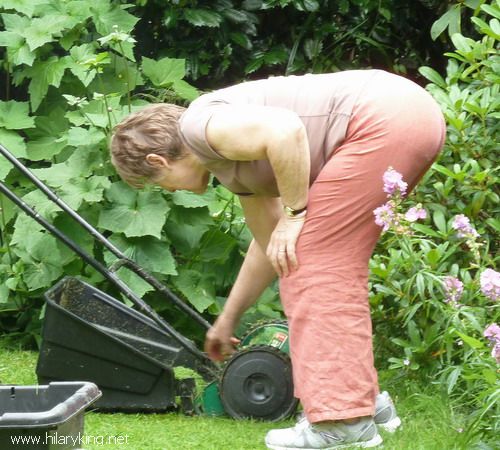After the Work – Enjoy your Garden
Category Archives: General
Applications of the Alexander Technique: Luggage
Everyday Activities:- Pulling a Case or Trolley
- Do I hold the luggage handle at the right height for me?
- Do I twist my torso as I drag the luggage behind me?
- Do I pull down on one side of my body?
- Do I rush through stations and airports tensely, carelessly, or with awareness?
- Do I grab the luggage, or thoughtfully take hold of it – and how do I lift it?
- Do I remember to stop and think before pulling or lifting something heavy – am I evenly balanced with a lengthened spine when I move or lift?
FM Alexander Portrait on Antiques Roadshow
Sir Colin Davis
Sir Colin Davis
Leonardo da Vinci Anatomy Drawings
Leonardo da Vinci Anatomist Exhibition
The Alexander Technique and Gardening
Quite a work-out – and it can be easy to strain muscles or hurt your back doing all this work. So when you are involved in activities such as gardening, be aware and remember what you have learnt in Alexander lessons. Don’t rush into things but pause, take a moment to think about how you are going to use your body when doing the next job. Give yourself directions, remind yourself not to tighten everything up ( tension is not the same thing as strength). Avoid pulling your head back but to allow your spine to lengthen into all your movements, so that you protect your neck and back.
Tain’t what you do but the way that you do it….
Ella Fitzgerald’s ‘Tain’t what you do but the way that you do it’
Marilyn Monroe and the Alexander Technique
Marilyn Monroe may well have learned the Alexander Technique!
Yoga Aids Back Pain – but not as much as 24 Alexander Lessons
University of York Research Finds Yoga Aids Chronic Back Pain
More good news for back pain sufferers and for complementary therapists! Another interesting research trial at the University of York, funded by Arthritis Research UK, has found that yoga helped people with back pain more than conventional GP treatment.
These results were then compared with the findings of the ATEAM Trial into treatments for chronic back pain (in which the Alexander Technique was found to be more effective than either massage and GP treatment) and it was found that:
‘The results suggested that the 12-week yoga group programme may improve back function more than exercise and manipulation, cognitive-behaviour treatment and six sessions of 1-to-1 Alexander technique, but not as much as 24 sessions of 1-to-1 Alexander technique’.
Interestingly, the Society of Teachers of the Alexander Technique Scientific Research Committee have pointed out that the ATEAM Trial also found significant reductions in pain experienced by the subjects having Alexander lessons, whereas the Yoga Trial did not report a significant level of pain reduction.
It is good that a body of research into the Alexander Technique and other disciplines is growing and that the findings are very encouraging and support our work as Alexander teachers.
As the comment below describes, people who just rely on drugs become habituated to them and then the drug don’t work. Learning techniques such as yoga and the Alexander Technique gives people tools that they can use throughout their lives to improve their body use and to lesson problems such as back pain.
High Heels are Damaging Women
‘A Modern Torture’ is how Polly Vernon describes the wearing and ‘Invasion of the Killer Heels’ in The Times Magazine on 22.10.11. It’s a excellent article to read, with graphic illustrations of famous women falling off their high heels in public.


